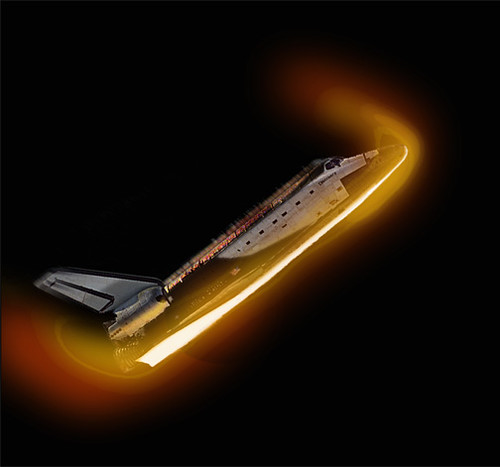Total Pageviews
Thursday, June 14, 2012
Thursday, June 7, 2012
Friday, April 13, 2012
Crush the Castle 2
<div align="center"><object width="750" height="516"><param name="movie" value="http://www.physicsgames.net/swf/crushthecastle2playerspack.swf"></param><embed src="http://www.physicsgames.net/swf/crushthecastle2playerspack.swf" type="application/x-shockwave-flash" width="750" height="516"></embed></object><br><a
Wednesday, March 28, 2012
Current Events March 28, 2012
 The article I decided to research was the "New 'Thermal' Approach To Invisibility Cloaking Hides Heat to Enhance Technology" article.On March 26, 2012, a team of French researchers proposed the idea of "thermal cloaking". The concept here is that the scientists will develop a technology that will isolate or 'cloak' objects from sources of heat. This became a news article because the technology discovered by the French researchers may lead to more ways to control heat in electronics and, on an even larger scale, might someday prove useful for spacecraft and solar technologies. Regular cloaking is when light is bent around a space rather than within it. Thermal cloaking controls where heat goes and accumulates. This marvelous discovery happened in the University of Aix-Marseille with research from France's Centre National de la Recherche Scientifique. This discovery was made after some scientists wondered if the same technique of physics of transformation would also apply to thermal diffusion.The difference between the two technologies now, is that the physical phenomenon involved is that the thermal cloaking uses diffusion, not wave propagation.
The article I decided to research was the "New 'Thermal' Approach To Invisibility Cloaking Hides Heat to Enhance Technology" article.On March 26, 2012, a team of French researchers proposed the idea of "thermal cloaking". The concept here is that the scientists will develop a technology that will isolate or 'cloak' objects from sources of heat. This became a news article because the technology discovered by the French researchers may lead to more ways to control heat in electronics and, on an even larger scale, might someday prove useful for spacecraft and solar technologies. Regular cloaking is when light is bent around a space rather than within it. Thermal cloaking controls where heat goes and accumulates. This marvelous discovery happened in the University of Aix-Marseille with research from France's Centre National de la Recherche Scientifique. This discovery was made after some scientists wondered if the same technique of physics of transformation would also apply to thermal diffusion.The difference between the two technologies now, is that the physical phenomenon involved is that the thermal cloaking uses diffusion, not wave propagation.  I feel that this new technology could benefit us in an astronomical way. First, we could control the level of heat in electronics so they don't overheat and explode. When ever people watch a lot of television or use a laptop for a long time, it starts to heat up. Overuse could result in an explosion and the loss of valuables. If we had this technology, we could control the amount of heat in an object. Second, we could apply this technology to our space expeditions. We could use this technology when shuttle, probes, satellites or rovers enter or reenter the atmosphere. This way, we could save resources to absorb the heat as it passes through the atmosphere. Lastly, we could use this temperature to control the level of heat we feel. During hot summers, we could make the air around us colder, and vice-versa. In conclusion, this new technology could greatly effect our lives.
I feel that this new technology could benefit us in an astronomical way. First, we could control the level of heat in electronics so they don't overheat and explode. When ever people watch a lot of television or use a laptop for a long time, it starts to heat up. Overuse could result in an explosion and the loss of valuables. If we had this technology, we could control the amount of heat in an object. Second, we could apply this technology to our space expeditions. We could use this technology when shuttle, probes, satellites or rovers enter or reenter the atmosphere. This way, we could save resources to absorb the heat as it passes through the atmosphere. Lastly, we could use this temperature to control the level of heat we feel. During hot summers, we could make the air around us colder, and vice-versa. In conclusion, this new technology could greatly effect our lives.Sources:
Whoohoo!
200 views, checkpoint! Keep following me! Let's go for 500 now!
Tuesday, February 7, 2012
States of Matter Labs
Subscribe to:
Posts (Atom)




